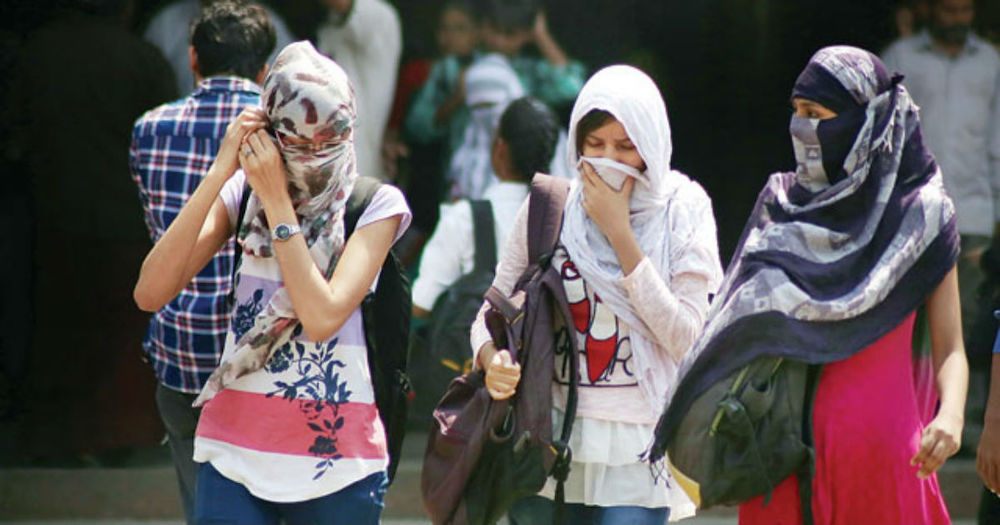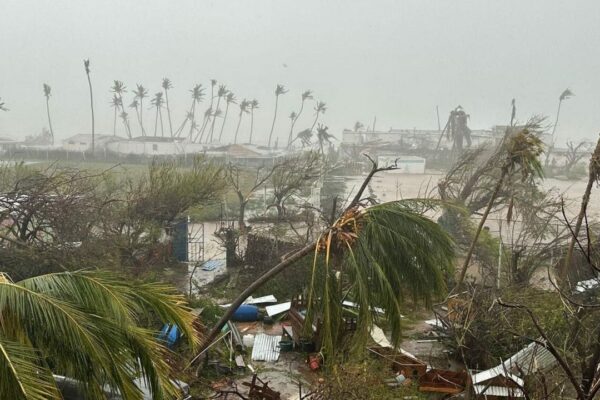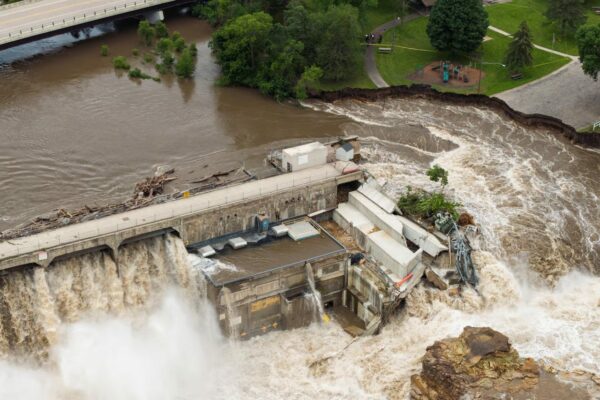Northwest India Faces Unusual Early Heatwave at 42-44 Degrees Celsius
Extreme heatwave conditions will continue in regions of Delhi-NCR till April 20
Due to the early heatwave conditions in major parts of India’s northwest, researchers worry that such weather conditions may become usual. This year, India has already recorded March to be the warmest since 1901. And, that’s not all, these soaring heatwave conditions are likely to continue in Delhi-NCR regions up to April 20, as per the India Meteorological Department (IMD).
Looking at the increasing heatwave conditions, the Met department has also issued a yellow alert in Delhi and a few other North Indian states that are dealing with the situation.
Early heatwave in Northwest India
Generally, the major heat-intensive summer months in India are April, May, and June. These three months are often very hot in major regions of the Indian subcontinent. But this time around, the heatwave has struck early and seems to be growing more intensely. Due to increasing temperatures, hundreds of people and other living beings are dying. It is because the country faces extreme water shortages in major parts. Around 10 million people in India don’t even have running water. And, with such soaring temperatures, the condition is likely to worsen over time.

Skymet Weather
Two weeks ago, the higher temperatures hit India’s northern and western regions. New Delhi, Gujarat, Rajasthan, and Uttar Pradesh faced the worst-hit wave. Even Kashmir and Himachal Pradesh were not spared by the higher temperatures.
To be precise, northwestern India is experiencing temperatures around 42-44.2 degrees Celsius. Rajasthan’s Bikaner recorded the maximum temperature of 44.2 degrees Celsius. Hence, Bikaner is marked as the hottest place among all the places hit by the heatwaves.
According to IMD,
Northwestern India currently prevails a temperature of 42-43 degrees Celsius. IMD stated that the maximum temperatures were 42-44°C in most parts over West Rajasthan, Vidarbha; in some parts over Madhya Pradesh, East Uttar Pradesh; in isolated pockets over Gujarat state, Jharkhand, Gangetic West Bengal, interior Odisha, and 40-42°C in many parts of East Rajasthan, Bihar, Marathawada, and in isolated pockets over Haryana and Delhi.
Impact of rising heatwaves
Increasing heatwaves are signaling an alarming climate change, which is hitting Himalayan regions as well. Over time, it will lead to dangerous conditions for living organisms to survive. Majorly, the heatwaves are hazardous to daily wage workers, street vendors, rickshaw drivers, and homeless people. It’s because most of them work out in extremely hot conditions and are exposed to the elements like none other. So, they are at higher risk of heatstroke and heat exhaustion.
Via: HindustanTimes


